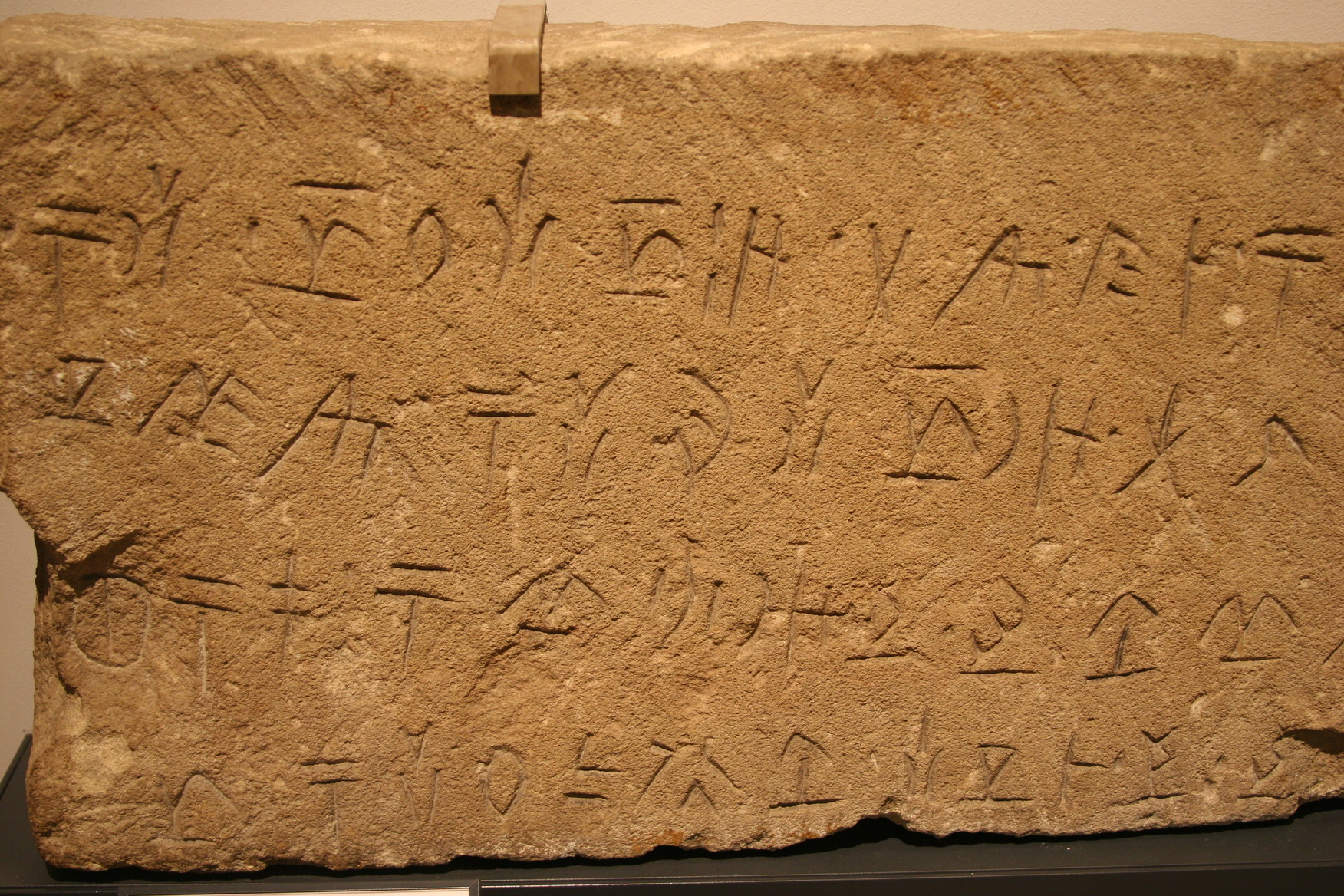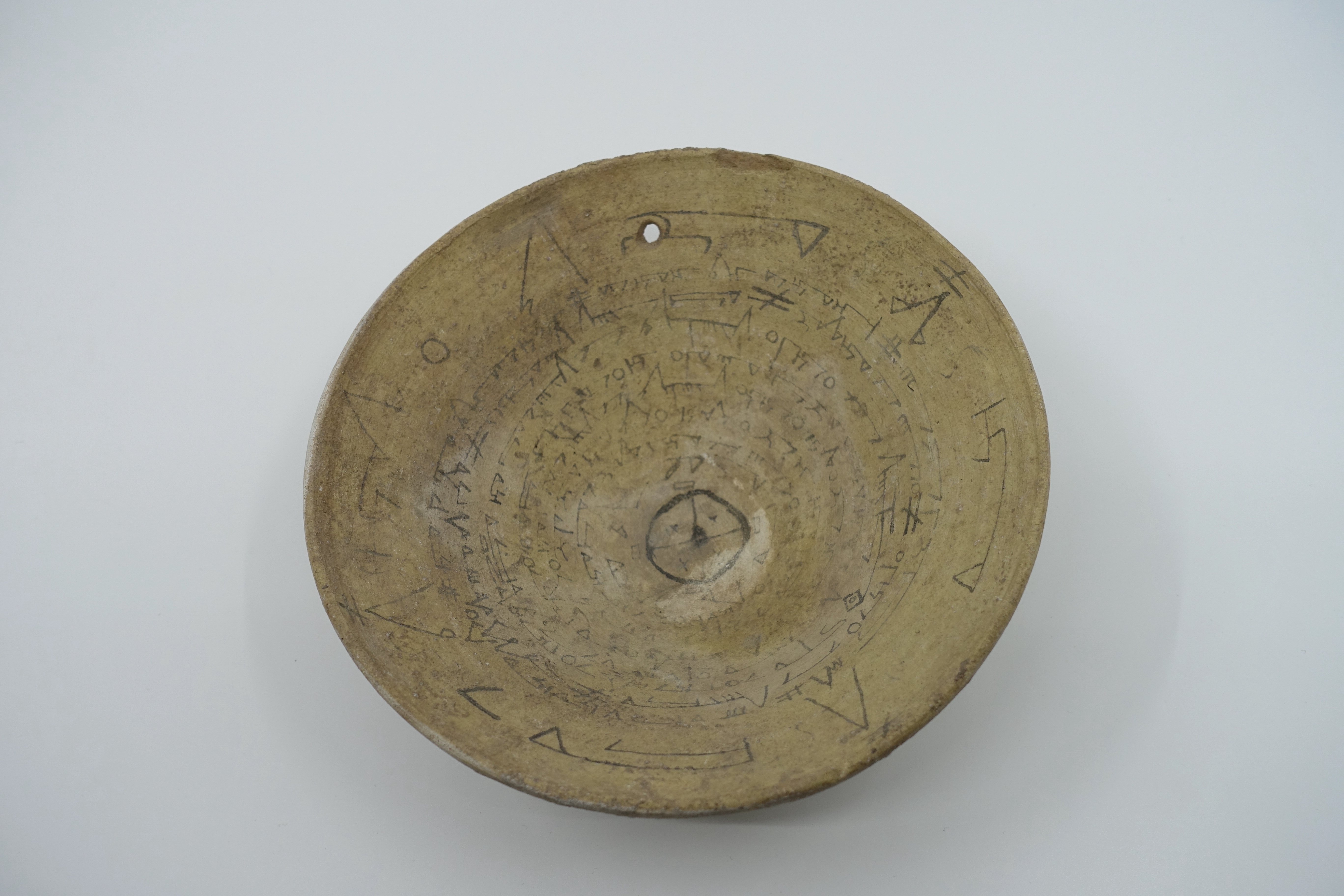|
Central Neo-Aramaic
Central Neo-Aramaic languages represent a specific group of Neo-Aramaic languages, that is designated as ''Central'' in reference to its geographical position between Western Neo-Aramaic and other Eastern Aramaic groups. Its linguistic homeland is located in northern parts of the historical region of Syria (modern southeastern Turkey and northeastern Syria). The group includes the Turoyo language as a spoken language of the Tur Abdin region and various groups in diaspora, and Mlahsô language that is recently extinct as a spoken language. Within Aramaic studies, several alternative groupings of Neo-Aramaic languages had been proposed by different researchers, and some of those groupings have used the term ''Central Neo-Aramaic'' in a wider meaning, including the widest scope, referring to all Neo-Aramaic languages except for Western Neo-Aramaic and Neo-Mandaic. Definition The narrower definition of the term "''Central Neo-Aramaic languages''" includes only the Turoyo and M ... [...More Info...] [...Related Items...] OR: [Wikipedia] [Google] [Baidu] |
Northeastern Neo-Aramaic
Northeastern Neo-Aramaic (NENA) is a grouping of related dialects of Neo-Aramaic spoken before World War I as a vernacular language by Jews and Christians between the Tigris and Lake Urmia, stretching north to Lake Van and southwards to Mosul and Kirkuk. As a result of the Sayfo (Assyrian genocide) Christian speakers were forced out of the area that is now Turkey and in the early 1950s most Jewish speakers moved to Israel. The Kurdish-Turkish conflict resulted in further dislocations of speaker populations. As of the 1990s, the NENA group had an estimated number of fluent speakers among the Assyrians just below 500,000, spread throughout the Middle East and the Assyrian diaspora. In 2007, linguist Geoffrey Khan wrote that many dialects were nearing extinction with fluent speakers difficult to find. The other branches of Neo-Aramaic are Western Neo-Aramaic, Central Neo-Aramaic (Turoyo and Mlahso), and Mandaic. Some linguists classify NENA as well as Turoyo and Mlahso as a sing ... [...More Info...] [...Related Items...] OR: [Wikipedia] [Google] [Baidu] |
Linguistic Homeland
In historical linguistics, the homeland or ''Urheimat'' (, from German '' ur-'' "original" and ''Heimat'', home) of a proto-language is the region in which it was spoken before splitting into different daughter languages. A proto-language is the reconstructed or historically-attested parent language of a group of languages that are genetically related. Depending on the age of the language family under consideration, its homeland may be known with near-certainty (in the case of historical or near-historical migrations) or it may be very uncertain (in the case of deep prehistory). Next to internal linguistic evidence, the reconstruction of a prehistoric homeland makes use of a variety of disciplines, including archaeology and archaeogenetics. Methods There are several methods to determine the homeland of a given language family. One method is based on the vocabulary that can be reconstructed for the proto-language. This vocabulary – especially terms for flora and fauna – can pr ... [...More Info...] [...Related Items...] OR: [Wikipedia] [Google] [Baidu] |
Osroenian
Osroene or Osrhoene (; grc-gre, Ὀσροηνή) was an ancient region and state in Upper Mesopotamia. The ''Kingdom of Osroene'', also known as the "Kingdom of Edessa" ( syc, ܡܠܟܘܬܐ ܕܒܝܬ ܐܘܪܗܝ / "Kingdom of Urhay"), according to the name of its capital city (now Şanlıurfa, Turkey), existed from the 2nd century BC, up to the 3rd century AD, and was ruled by the Abgarid dynasty. Generally allied with the Parthians, the Kingdom of Osroene enjoyed semi-autonomy to complete independence from the years of 132 BC to AD 214. Though ruled by a dynasty of Arab origin, the kingdom's population was mainly Aramean, with a Greek and Parthian admixture. In addition, the city's cultural setting was fundamentally Aramaic, alongside strong Parthian influences, though some Arab cults were also attested at Edessa. The ruling Abgarid dynasty was deposed by the Romans during the reign of Roman Emperor Caracalla (211–217), probably in 214 or 216, and Osroene was incorporated as a p ... [...More Info...] [...Related Items...] OR: [Wikipedia] [Google] [Baidu] |
Sweden
Sweden, formally the Kingdom of Sweden,The United Nations Group of Experts on Geographical Names states that the country's formal name is the Kingdom of SwedenUNGEGN World Geographical Names, Sweden./ref> is a Nordic country located on the Scandinavian Peninsula in Northern Europe. It borders Norway to the west and north, Finland to the east, and is connected to Denmark in the southwest by a bridgetunnel across the Öresund. At , Sweden is the largest Nordic country, the third-largest country in the European Union, and the fifth-largest country in Europe. The capital and largest city is Stockholm. Sweden has a total population of 10.5 million, and a low population density of , with around 87% of Swedes residing in urban areas in the central and southern half of the country. Sweden has a nature dominated by forests and a large amount of lakes, including some of the largest in Europe. Many long rivers run from the Scandes range through the landscape, primarily ... [...More Info...] [...Related Items...] OR: [Wikipedia] [Google] [Baidu] |
Al-Jazira, Mesopotamia
Upper Mesopotamia is the name used for the uplands and great outwash plain of northwestern Iraq, northeastern Syria and southeastern Turkey, in the northern Middle East. Since the early Muslim conquests of the mid-7th century, the region has been known by the traditional Arabic name of ''al-Jazira'' ( ar, الجزيرة "the island", also transliterated ''Djazirah'', ''Djezirah'', ''Jazirah'') and the Syriac variant ''Gāzartā'' or ''Gozarto'' (). The Euphrates and Tigris rivers transform Mesopotamia into almost an island, as they are joined together at the Shatt al-Arab in the Basra Governorate of Iraq, and their sources in eastern Turkey are in close proximity. The region extends south from the mountains of Anatolia, east from the hills on the left bank of the Euphrates river, west from the mountains on the right bank of the Tigris river and includes the Sinjar plain. It extends down the Tigris to Samarra and down the Euphrates to Hit, Iraq. The Khabur runs for over across ... [...More Info...] [...Related Items...] OR: [Wikipedia] [Google] [Baidu] |
Extinct Language
An extinct language is a language that no longer has any speakers, especially if the language has no living descendants. In contrast, a dead language is one that is no longer the native language of any community, even if it is still in use, like Latin. A dormant language is a dead language that still serves as a symbol of ethnic identity to a particular group. These languages are often undergoing a process of revitalisation. Languages that currently have living native speakers are sometimes called modern languages to contrast them with dead languages, especially in educational contexts. In the modern period, languages have typically become extinct as a result of the process of cultural assimilation leading to language shift, and the gradual abandonment of a native language in favour of a foreign ''lingua franca'', largely those of European countries. As of the 2000s, a total of roughly 7,000 natively spoken languages existed worldwide. Most of these are minor languages in dang ... [...More Info...] [...Related Items...] OR: [Wikipedia] [Google] [Baidu] |
Classical Syriac
The Syriac language (; syc, / '), also known as Syriac Aramaic (''Syrian Aramaic'', ''Syro-Aramaic'') and Classical Syriac ܠܫܢܐ ܥܬܝܩܐ (in its literary and liturgical form), is an Aramaic dialect that emerged during the first century AD from a local Aramaic dialect that was spoken by Arameans in the ancient Aramean kingdom of Osroene, centered in the city of Edessa. During the Early Christian period, it became the main literary language of various Aramaic-speaking Christian communities in the historical region of Ancient Syria and throughout the Near East. As a liturgical language of Syriac Christianity, it gained a prominent role among Eastern Christian communities that used both Eastern Syriac and Western Syriac rites. Following the spread of Syriac Christianity, it also became a liturgical language of eastern Christian communities as far as India and China. It flourished from the 4th to the 8th century, and continued to have an important role during the next ce ... [...More Info...] [...Related Items...] OR: [Wikipedia] [Google] [Baidu] |
Syriac Dialects EN
Syriac may refer to: *Syriac language, an ancient dialect of Middle Aramaic *Sureth, one of the modern dialects of Syriac spoken in the Nineveh Plains region * Syriac alphabet ** Syriac (Unicode block) ** Syriac Supplement * Neo-Aramaic languages also known as Syriac in most native vernaculars * Syriac Christianity, the churches using Syriac as their liturgical language ** West Syriac Rite, liturgical rite of the Maronite Syriac Church, Syriac Orthodox Church, and the Syriac Catholic Church ** East Syriac Rite, liturgical rite of the Syro Malabar Church, Chaldean Catholic Church, Assyrian Church of the East, and the Ancient Church of the East *Aramean people (Syriacs), an ancient Semitic-speaking people *Suriyani Malayalam, dialect of Malayalam influenced by Syriac See also * * Syriac Rite (other) * Syrian (other) * Syria (other) * Terms for Syriac Christians Terms for Syriac Christians are endonymic (native) and exonymic (foreign) terms, that are ... [...More Info...] [...Related Items...] OR: [Wikipedia] [Google] [Baidu] |
Mandaic Language
Mandaic is a southeastern Aramaic variety in use by the Mandaean community, traditionally based in southern parts of Iraq and southwest Iran, for their religious books. Classical Mandaic is still employed by Mandaean priests in liturgical rites. The modern descendant of Classical Mandaic, known as Neo-Mandaic or Modern Mandaic, is spoken by a small section of Mandaeans around Ahvaz and Khorramshahr in the southern Iranian Khuzestan province. Liturgical use of Classical Mandaic is found in Iran (particularly the southern portions of the country), in Baghdad, Iraq and in the diaspora (particularly in the United States, Sweden, Australia and Germany). It is an Eastern Aramaic language notable for its abundant use of vowel letters (''mater lectionis'' with ''aleph'', ''he'' only in final position, ''‘ayin'', ''waw'', ''yud'')) in writing, so-called ''plene'' spelling (Mandaic alphabet) and the amount of Iranian and AkkadianStephen A. Kaufman, ''The Akkadian Influences on Aramaic'' ... [...More Info...] [...Related Items...] OR: [Wikipedia] [Google] [Baidu] |
Aramaic Studies
Aramaic studies are scientific studies of the Aramaic languages and cultural history of Arameans. As a specific field within Semitic studies, Aramaic studies are closely related to similar disciplines, like Hebraic studies and Arabic studies. As a distinctive academic discipline, Aramaic studies started to develop during the Early Modern period, and they were initially focused on the study of the Christianity, Christian Aramaic heritage, embodied in Syriac language and cultural traditions of Syriac Christianity. The field was gradually widened, and by the 19th century expanded towards studies of ancient Aramaic heritage, that included all of the oldest (pre-Christian) variety (linguistics), varieties of Aramaic languages, and ancient Aramaic alphabet. On the other side, the field was also expanded towards modern periods, focused on the study of the remaining Neo-Aramaic languages, and modern cultural heritage of Neo-Aramaic communities. During the 19th century, Aramaic studies we ... [...More Info...] [...Related Items...] OR: [Wikipedia] [Google] [Baidu] |
Diaspora
A diaspora ( ) is a population that is scattered across regions which are separate from its geographic place of origin. Historically, the word was used first in reference to the dispersion of Greeks in the Hellenic world, and later Jews after the Babylonian exile. The word "diaspora" is used today in reference to people who identify with a specific geographic location, but currently reside elsewhere. Examples of notably large diasporic populations are the Assyrian–Chaldean–Syriac diaspora, which originated during and after the early Arab-Muslim conquests and continued to grow in the aftermath of the Assyrian genocide; the southern Chinese and Indians who left their homelands during the 19th and 20th centuries; the Irish diaspora that came into existence both during and after the Great Famine; the Scottish diaspora that developed on a large scale after the Highland Clearances and Lowland Clearances; the nomadic Romani population from the Indian subcontinent; the Ita ... [...More Info...] [...Related Items...] OR: [Wikipedia] [Google] [Baidu] |





.jpg)
